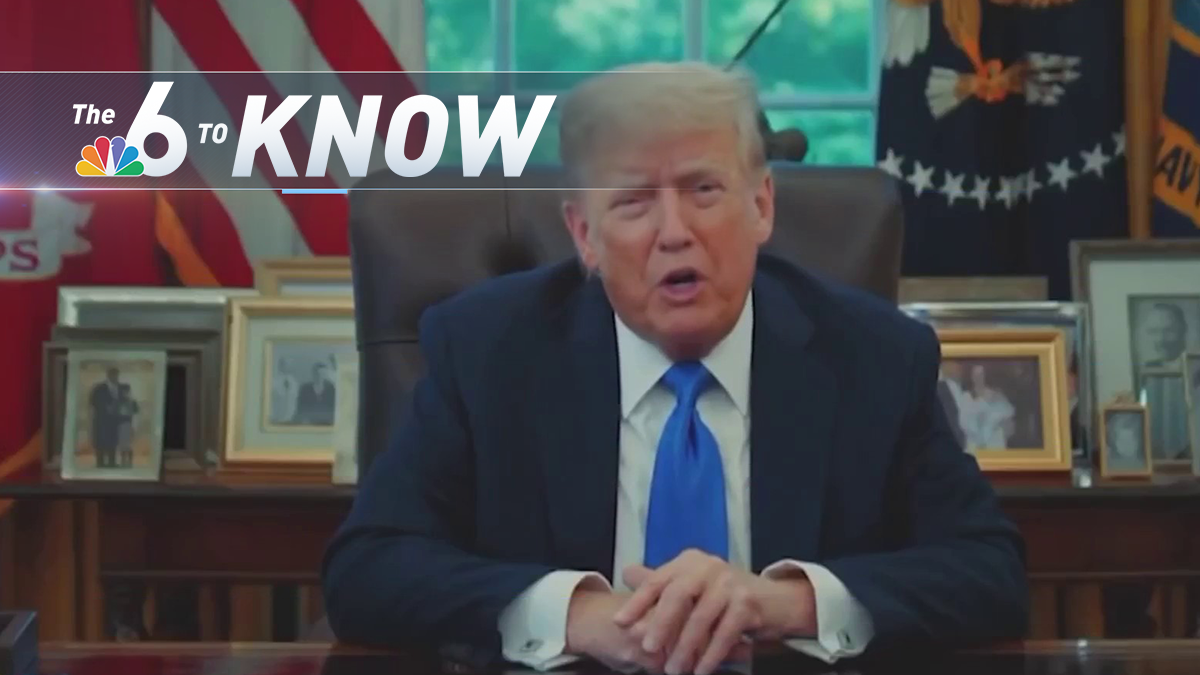Local law enforcement is spending millions in technology designed to curb gun violence. NBC 6 investigates its impact on the largest police force in South Florida.
Inside the Miami-Dade Police Real Time Crime Center, shots can be heard fired from miles away in real time.
"One shot is too much," said MDPD spokesperson Alvaro Zabaleta.
The technology that makes it possible is called ShotSpotter - an audio detection system that uses a network of sensors to detect gunshots fired across the county.
Zabaleta said MDPD officers get ShotSpotter's alerts on their phone.
"They can hear the audio on it, they can tell the location of it, or at least within a couple of feet and they can immediately respond and get rescue out there quicker," Zabaleta said.
The technology is used in over 90 cities and counties across the country from Chicago to Miami-Dade County, which has a $5.7 million contract with ShotSpotter.
But some have questioned the multi-million dollar system's role in reducing crime.
The Broward Sheriff's office stopped using it in 2011 saying the costs outweighed the benefits.
Miami-Dade Police even stopped using ShotSpotter at one point but brought it back two years ago.
"I don't think we were ready for it and of course as technology goes, it gets better," Zabaleta said. "We fixed those kinks."
A BSO spokesperson told us the agency is looking at improvements made since they tested ShotSpotter and will consider using it, "if feasible."
A September 2018 NBC 6 Investigation into the City of Miami's ShotSpotter program found there were only two arrests linked to the technology since 2017 - when the police department started tracking the information.
At the time, ShotSpotter's CEO Ralph Clark said his company's success is not measured by the number of arrests but rather by detecting gun violence that might otherwise go unreported, adding on-scene arrests are rare.
Miami-Dade Police said the technology led to 15 on-scene arrests last year.
A ShotSpotter spokesperson told us the evidence collected at other scenes like shell casings could lead to more arrests down the line.
According to records provided by the Miami-Dade Police Department, the system picked up more 8,700 gunshots fired across the county last year.
Records show that more than half of the time MDPD officers responded, they didn't find anything: no scene, no evidence and no gunman.
"When we get there and nothings there, ShotSpotter picked something up," Zabaleta said. "It leaves us wondering."
Zabaleta said the technology is a fit for MDPD because out of all the thousands of shots fired, records show, in most cases, no one picked up the phone to call 911.
"It gets us into that area to start canvassing to start searching to see if in fact we have a victim," he said.
That's what happened this summer when 29-year-old McArthur Richards Jr., the son of a local anti-gun violence activist, was shot multiple times in the back.
"He's got so much tubes in him, he can't speak or anything," Richard's aunt told NBC 6 at the time.
Zabaleta said it was ShotSpotter that alerted police, who then called paramedics.
"We were able to respond, get the help, boom and it becomes an actual positive story," Zabaleta said referring to the case, which is still under investigation.
The department says the technology has led to more than 100 shooting victims and they would like to add more ShotSpotter sensors across the county moving forward.



